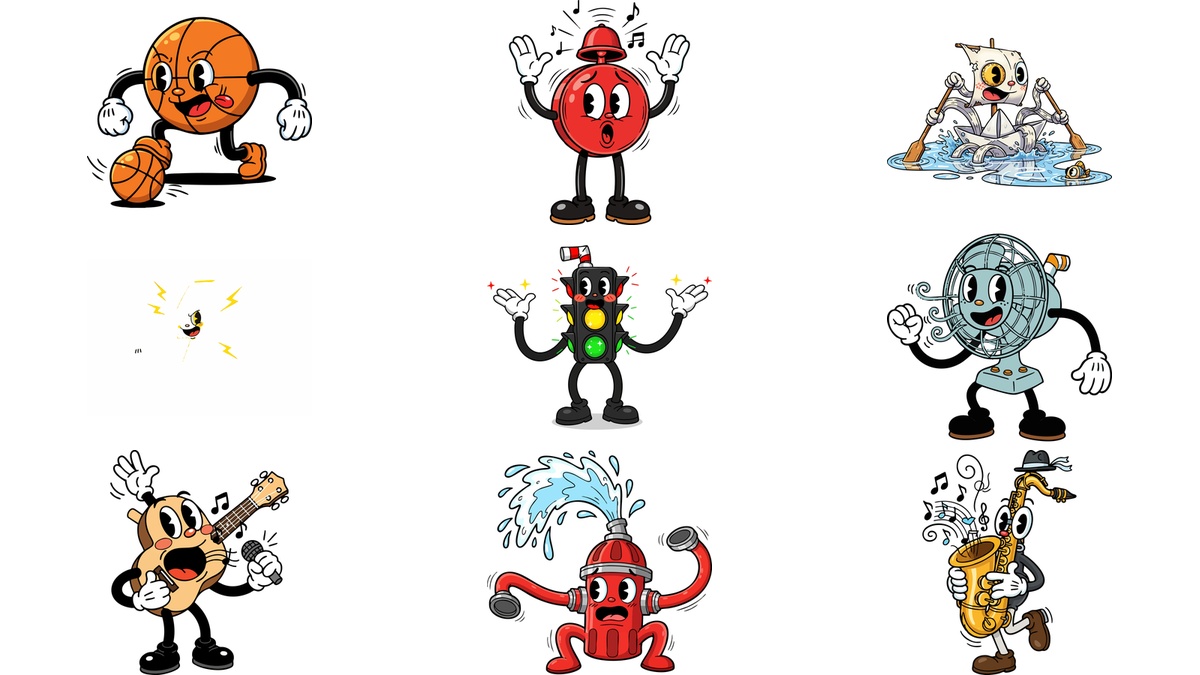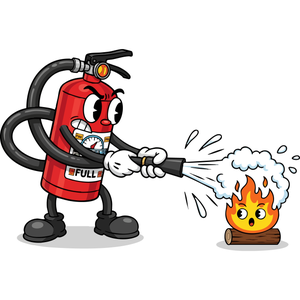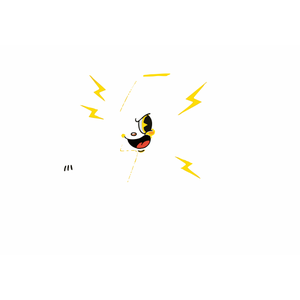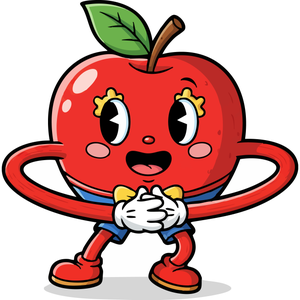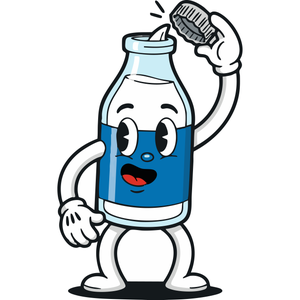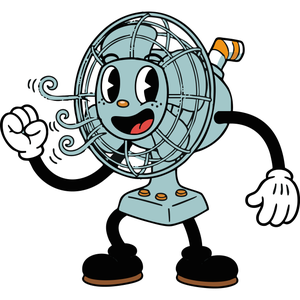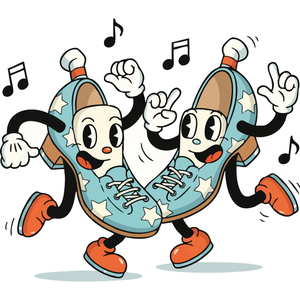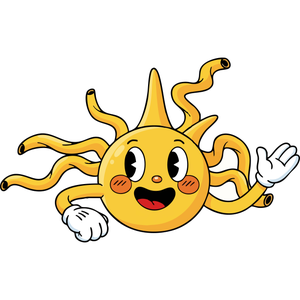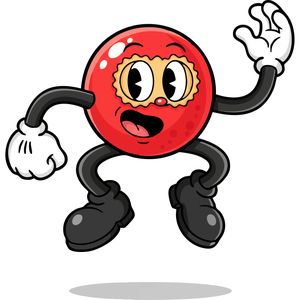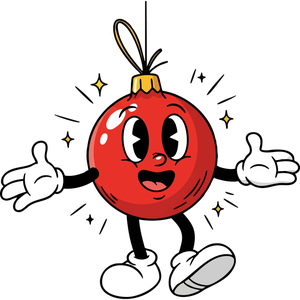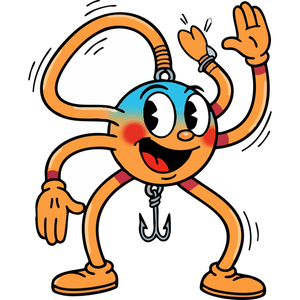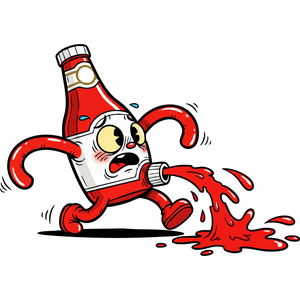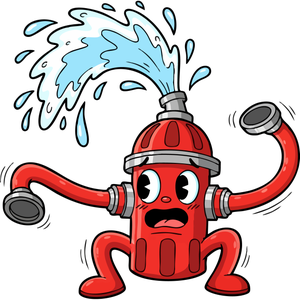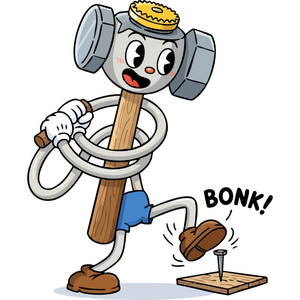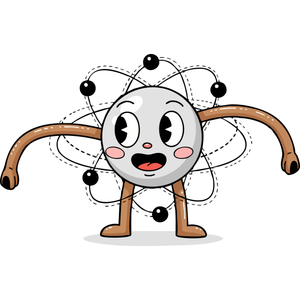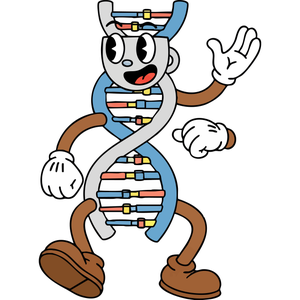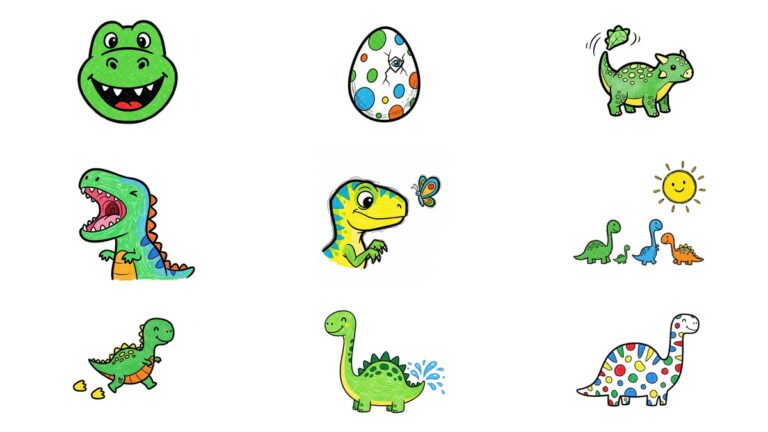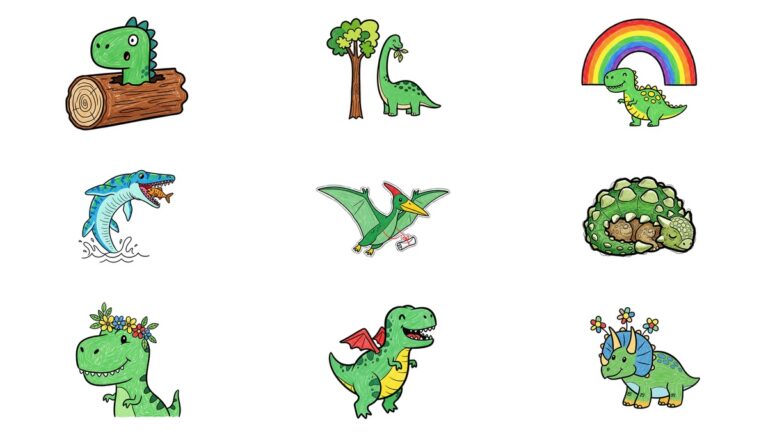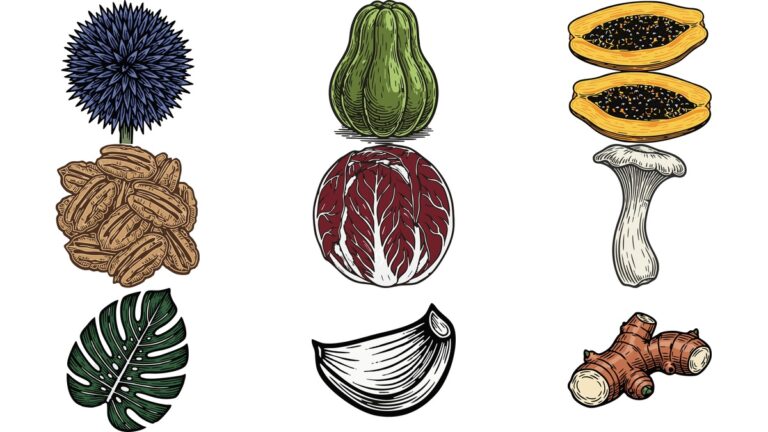The Essence of 1920s Animation: A Deep Dive Series into the Rubber Hose Style
Part 1: The Birth of Bouncing Vitality – An Introduction to Rubber Hose Animation
In the 1920s, amidst the melodies of jazz and the vibrant energy of a rapidly changing society, a new art form called animation was born. The unique and charming style that dominated this era was ‘Rubber Hose’ animation. Characters moving as freely as living ink drops captured the imagination of a generation, and their influence continues to this day. In this first chapter of the series, we will delve deeply into the definition and visual characteristics of the rubber hose style, as well as the historical context that necessitated its creation.
What is ‘Rubber Hose’?: Defining the Aesthetics of an Era
Rubber hose animation was the first standardized style in the American animation industry, and as its name suggests, its most prominent feature is that characters’ limbs move as flexibly as if they were jointless rubber hoses. Characters in this style move in smooth curves that defy the laws of physics, without clear joints like elbows or knees, showcasing a dynamic vitality. This movement was more than mere exaggeration; it symbolized a surreal freedom that only animation could express.
This unique style was completed by several iconic visual elements. First are the white gloves worn by the characters. This was a practical solution in the black-and-white film era to clearly show the hand movements of characters with black bodies. In his autobiography, Walt Disney explained that he put gloves on Mickey Mouse because he “wanted to make him more human-like, not like a mouse,” suggesting that gloves were a device to bestow humanity upon non-human beings.
Second are the pie-cut eyes. This design, which indicates the direction of gaze by adding a triangular white section to the black pupil as if a slice of pie has been cut out, was simple yet highly effective in conveying a character’s emotions and focus. Lastly, simple and circular anatomy was used throughout the character designs. This allowed animators to draw characters more quickly and consistently, and this principle, especially established by Otto Messmer through ‘Felix the Cat,’ became the basic formula for animation production at the time.
From Newspaper Cartoons to Moving Pictures: The Comic Strip Connection
The rubber hose style was not born in a vacuum but was an inevitable result of the technological and artistic environment of the time. In the 1920s, animation was still an uncharted territory, so there were few skilled animators. This gap was filled by artists who drew newspaper comics, or comic strips. Based mainly in New York, they were fascinated by the new challenge of bringing still images to life.
This background had a profound impact on the early animation production environment. Studios had to mass-produce numerous drawings to create the illusion of movement, which made efficiency a top priority. The rubber hose style, with its lack of complex joints or detailed anatomical structures, was the perfect solution to this demand, as it allowed for quick and dynamic character drawing.
Interestingly, these technical and economic constraints did not suppress creativity but rather guided it in a unique direction. The limitation of being unable to achieve realistic depiction opened the door to surreal humor and imagination that transcended the laws of reality. Expressions such as characters stretching their bodies or transforming into other shapes show that the rubber hose style was not just a cost-saving measure, but a visual language born from the process of animation discovering its unique potential, separate from reality. While this surrealism later gave some viewers an impression of being ‘bizarre’ or ‘unnatural’ , it was the inherent charm of the rubber hose style. The immense success of early star characters like ‘Felix the Cat’ quickly established this style as the industry standard, and animator Bill Nolan, in particular, is credited with making a decisive contribution to the establishment of the rubber hose style by refining Felix’s design to be rounder and more flexible.
[ Ad code will be inserted here ]

